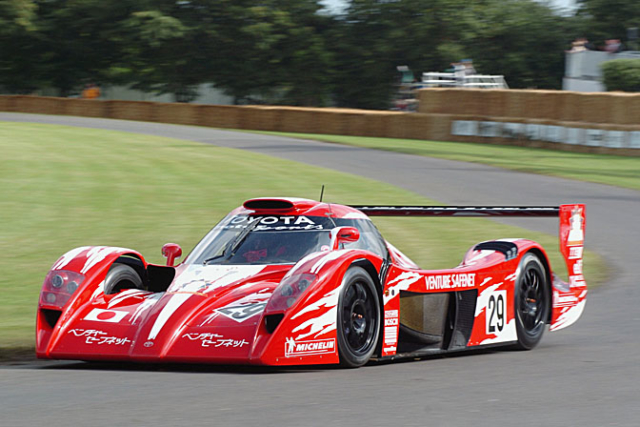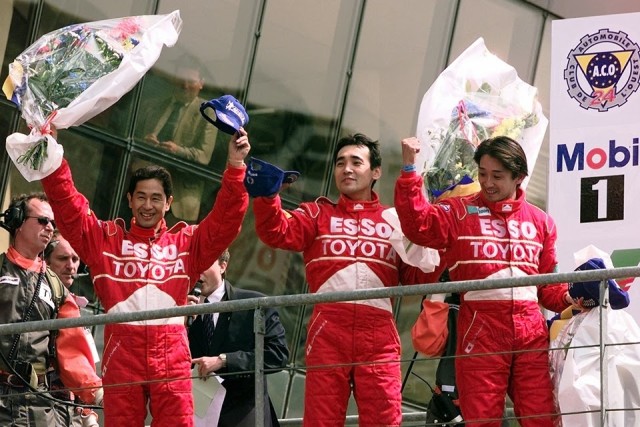Making it to Le Mans is a far-off fantasy for a well-funded young racer, let alone one without money to go much of anywhere. It’s almost a miracle that Keiichi Tsuchiya went from aspiring street racer to one of Toyota’s top drivers without any serious backing to get him off the ground, but his fortitude and talent carried him a long way.
By enjoying some success in the Fuji Freshman circuit and then later moving onto GT cars in the late eighties and early nineties, the young man from Nagano had established himself as a capable racer, and Toyota came knocking.
Getting the chance to be part of factory-backed effort in a Le Mans beast like this is not far from a shot at Formula One, so for Tsuchiya, it must’ve been a dream come true – and something of a nightmare as well. It might be overstatement, but a nervous driver might see the pride of Japan resting on their young shoulders. Cracking under pressure was never the passionate Tsuchiya’s style, however. With his back against the wall, he could deliver.
This is an important ability to possess when hustling a 1,100-horsepower, 1,900-pound monster around the track. Built to compete with the dominant Porsche GT1 and Mercedes CLK GTR of the day, the Toyota GT-One would have to have several roadcar versions built to homologate it for competition.
Just two road cars were built, and while their interiors were clearly an afterthought, the striking lines of the machine had to captivate an audience which wondered what Toyota was capable of in crafting a stylish, sexy supercar.

Having the inside of the front wheels exposed gave the drivers the ability to see their tires locking up under hard braking, and adjust the brake bias accordingly.
Its history was humorous. By exploiting the rules which required a storage compartment, Toyota argued that their fuel tank could be used as such a vessel, since, in theory it could carry luggage. It was enough to convince the French Automobile Club l’Ouest to enter the gorgeous red machine, and the story began.
Not only did the TS020 possess timeless looks, but its motor was one of the most powerful on the grid. The 3.6-liter, turbocharged V8 was derived from their Group C machines, and on full boost, could deliver 1,120 horsepower and 479 pound-feet of torque at 6,000 RPM. This grunty powerplant, combined with a low downforce package, allowed the ’99 car to reach 267 MPH down the Mulsanne Straight, making it the fastest machine in Le Mans history.
While the car was already an amusing and astonishing piece of kit, its racing history was somber. It qualified well, and stood a chance to win the ’99 24 Hours, but it was not to be. With Ukyo Katayama driving the last laps of the race and the victory in sight, a tire failure while chasing and gaining rapidly on the leading BMW V12 LMR lost Tsuchiya and his team the race. While the ultimate goal just eluded him, the ever-cheerful Tsuchiya must’ve been elated – to have made it that far is an achievement in its own right, and an ascension almost unprecedented.






















